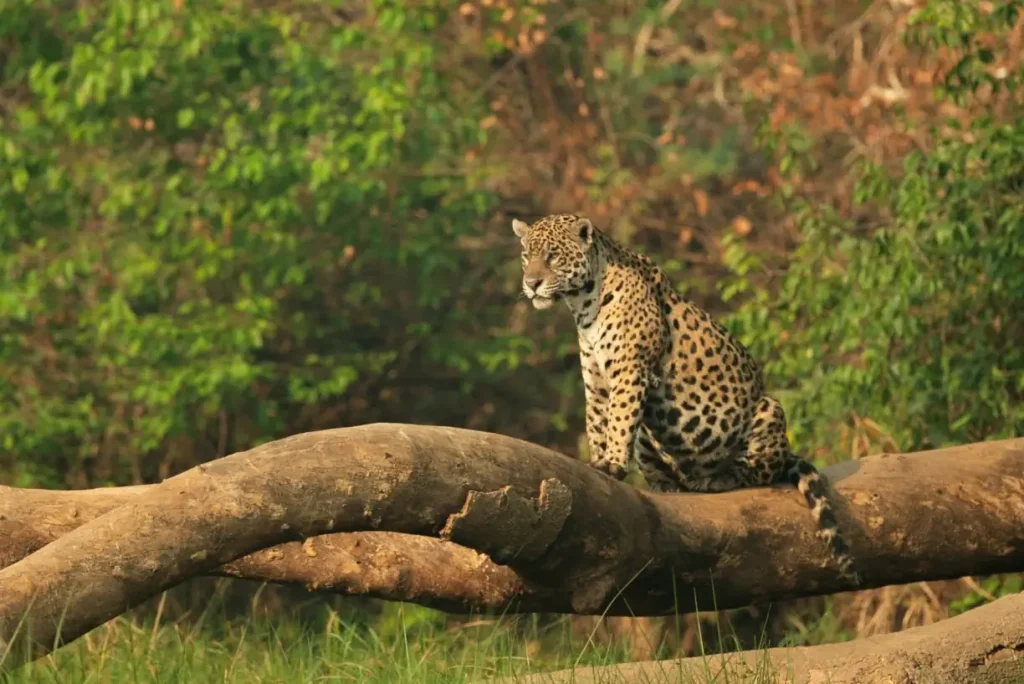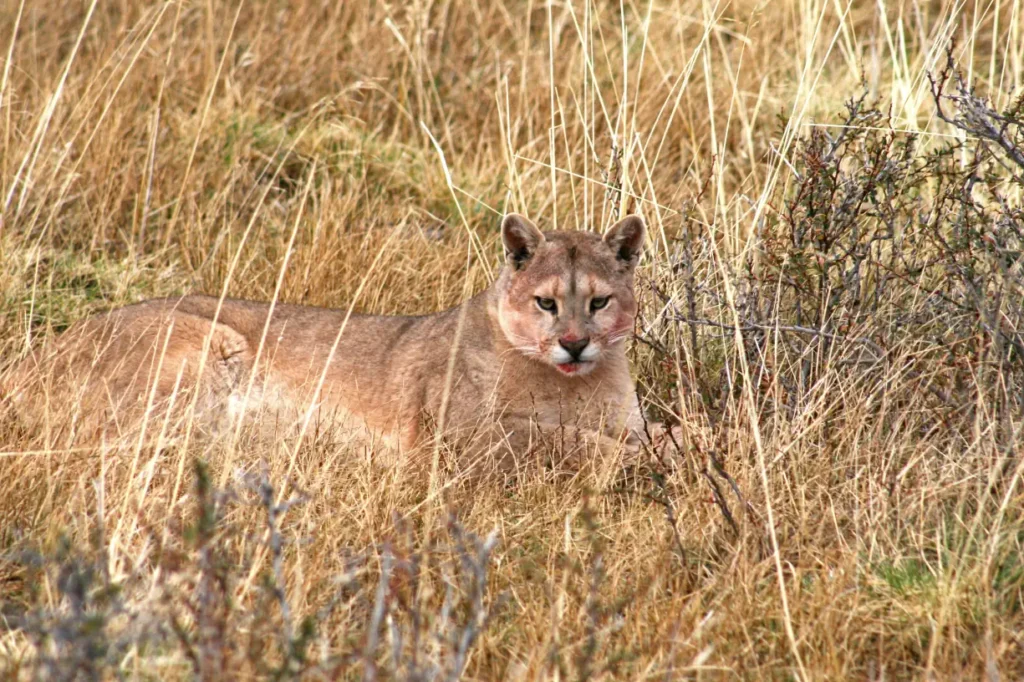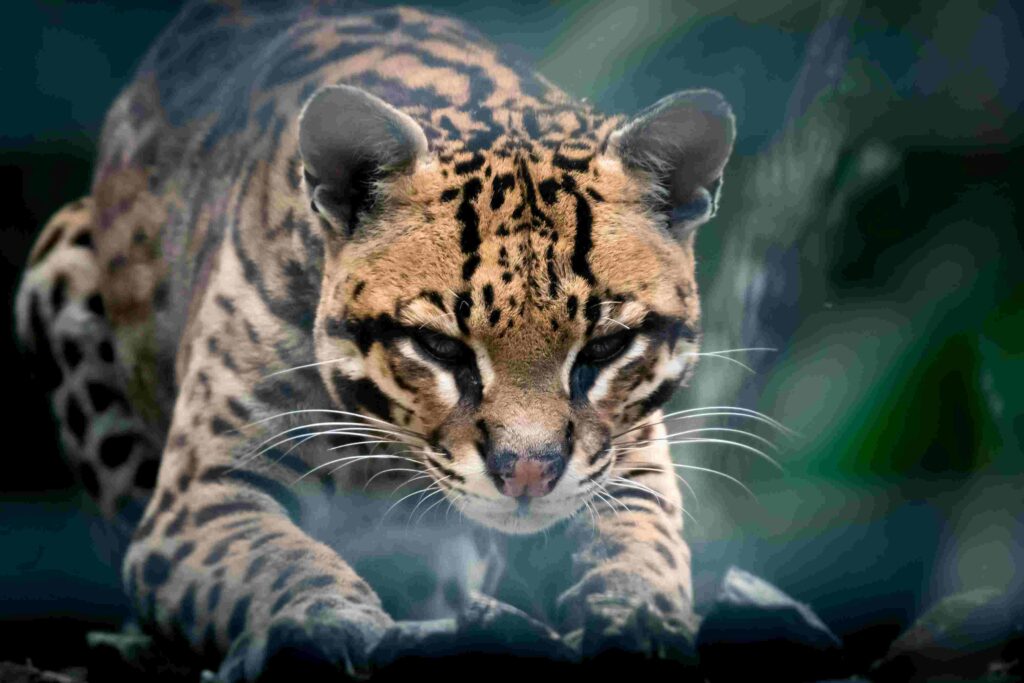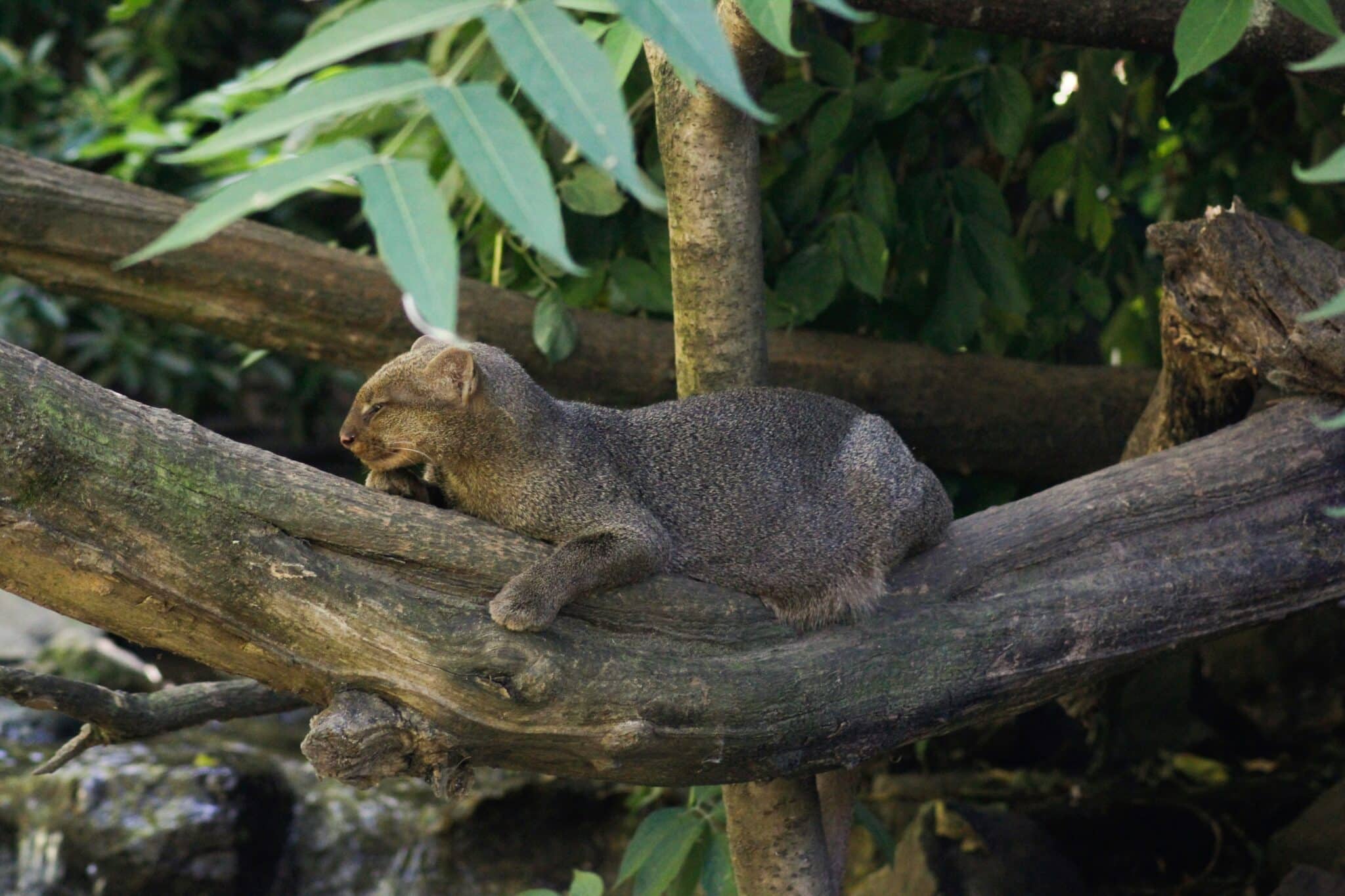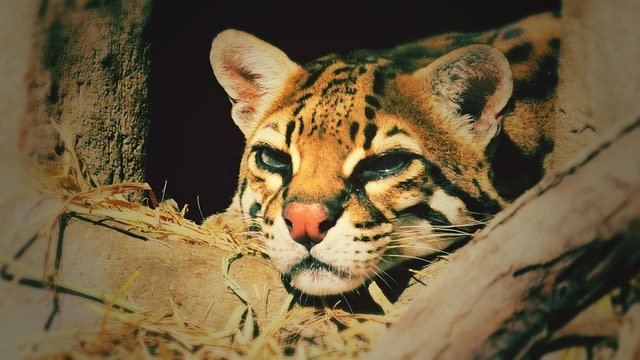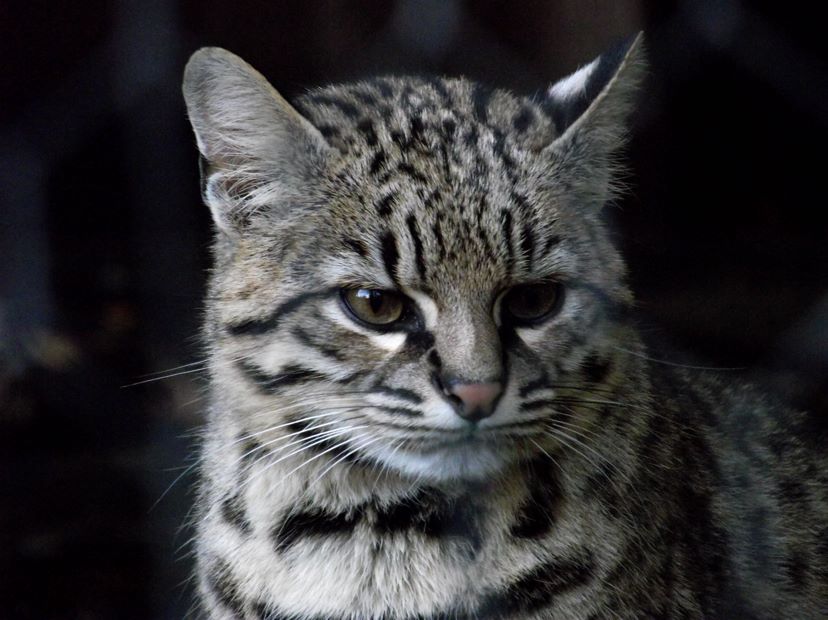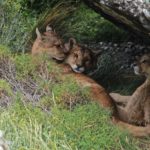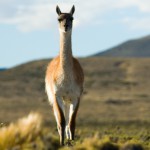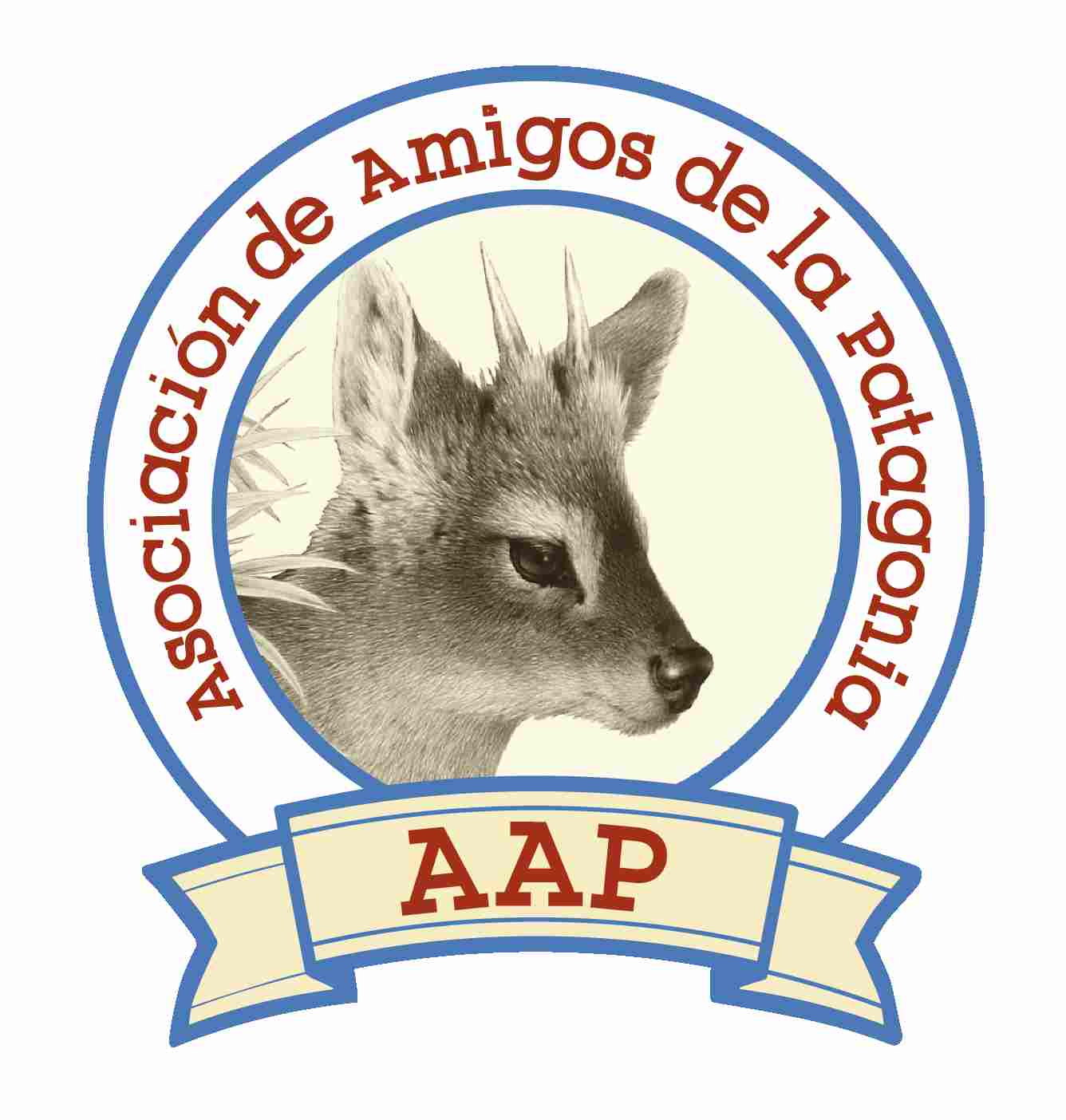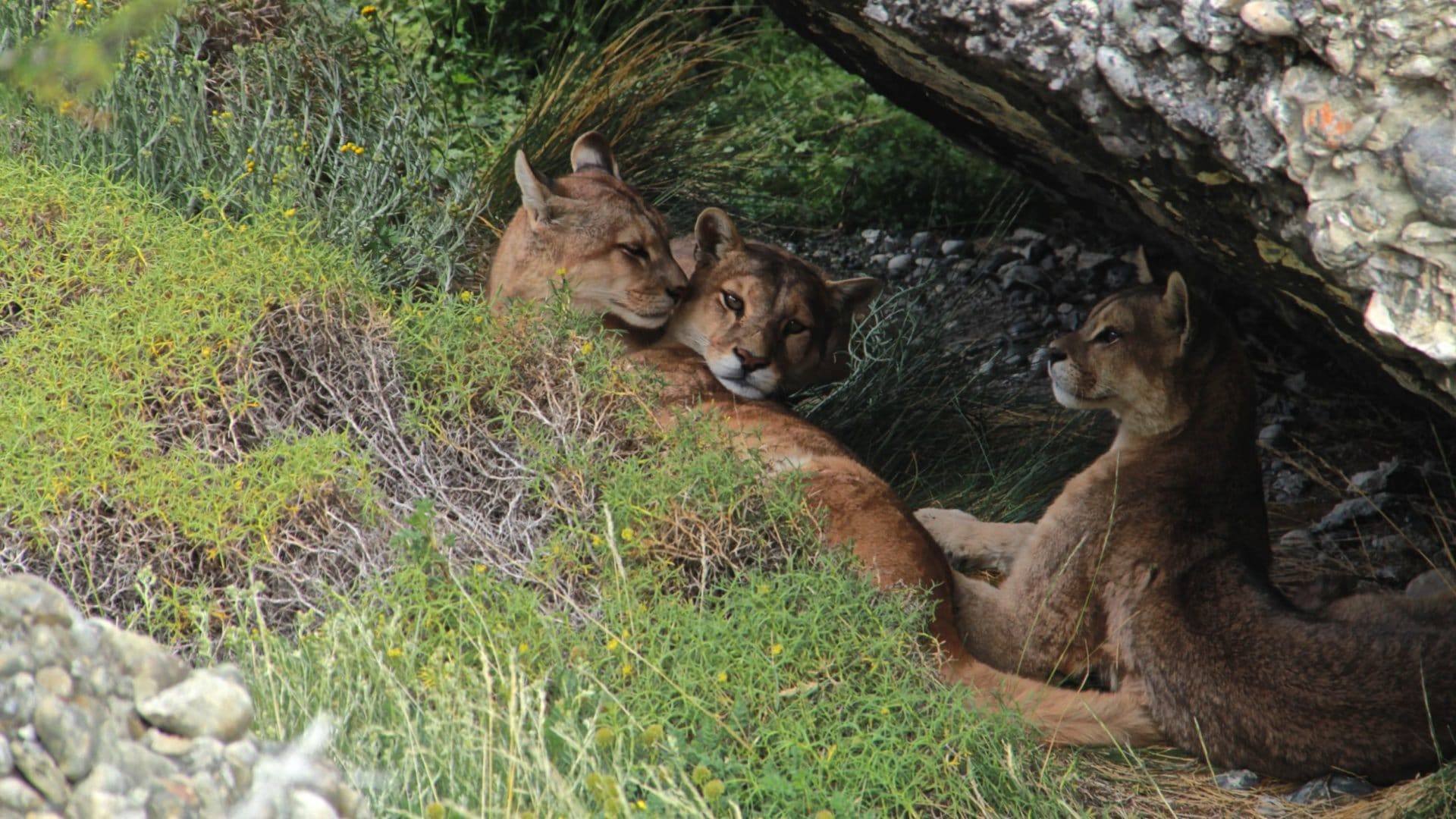
Argentina is home to a remarkable diversity of wildlife, and among its most elusive and captivating residents are its wild cats. These felines range from the mighty jaguar to the tiny kodkod, each adapted to a variety of ecosystems—from the subtropical forests of the north to the windswept plains of Patagonia and the high Andes. In this article, we introduce you to the 10 wild cat species found in Argentina, ordered from largest to smallest.
Meet the 10 Native Felines, from Largest to Smallest
1. Jaguar (Yaguareté) – Panthera onca
Once roaming much of northern Argentina, the yaguareté (as it’s known locally) is the largest feline in the Americas and the most iconic wild cat in the country. Today, it’s critically endangered in Argentina, with small populations mainly in the Misiones rainforest and reintroduction efforts in the Iberá Wetlands. Jaguars are powerful predators, known for their strength and ability to hunt both on land and in water.
2. Puma – Puma concolor
Also known as the mountain lion or cougar, the puma is Argentina’s most widespread wild cat. It inhabits diverse ecosystems across the country—from the arid deserts of the northwest to the forests of Patagonia. Despite its size and power, the puma is highly elusive and rarely seen in the wild. Its adaptability has allowed it to survive in areas where other large predators have disappeared.
Learn more about the Puma in this article Puma in Patagonia.
3. Ocelot – Leopardus pardalis
The ocelot is a beautifully spotted medium-sized cat that dwells in Argentina’s northern subtropical forests. It prefers dense vegetation and is mostly nocturnal. Although it’s not currently endangered in Argentina, its populations are threatened by habitat loss and illegal hunting. Its striking coat once made it a target for the fur trade.
4. Jaguarundi (Yaguarundí) – Herpailurus yagouaroundi
Slender and weasel-like in appearance, the yaguarundí is a unique-looking wild cat found in northern and central Argentina. Unlike most wild cats, it’s often active during the day. It has a wide range of coat colors—from reddish to dark gray—and thrives in a variety of habitats, including lowland forests and scrublands.
5. Oncilla (Tirica) – Leopardus tigrinus
Also known as the tigrillo, the tirica is one of the least studied wild cats in Argentina. It closely resembles the margay and ocelot but is smaller. It lives in the Atlantic Forest of Misiones and is under serious threat from deforestation. Its shy nature and nocturnal habits make sightings exceptionally rare.
6. Margay – Leopardus wiedii
This small, tree-dwelling cat has remarkable climbing abilities, thanks to its flexible ankles and long tail. The margay is found in the northeastern forests of Argentina and is often mistaken for the ocelot due to its similar spotted pattern. However, the margay is more adapted to life in the trees, rarely coming down to the forest floor.
7. Geoffroy’s Cat – Leopardus geoffroyi
One of the most common wild cats in Argentina, the Geoffroy’s cat is small and adaptable. It inhabits open grasslands, shrublands, and forests across much of the country. About the size of a domestic cat, it’s primarily nocturnal and preys on rodents, birds, and small reptiles. Despite its broad range, it’s threatened by habitat fragmentation and road accidents.
8. Andean Cat – Leopardus jacobita
Perhaps the rarest and most mysterious of Argentina’s wild cats, the Andean cat lives at high altitudes in the Andes, particularly in the northwestern provinces. With its thick gray fur and bushy tail, it’s perfectly adapted to cold, rugged environments. Its presence is often confirmed more by camera traps than by direct observation, making it a true ghost of the mountains.
You can read more about this elusive species in our dedicated Andean Cat article.
9. Pampas Cat (Gato del Pajonal) – Leopardus colocola
The Pampas cat, or gato del pajonal, is a small wild cat that lives in open habitats such as grasslands and shrublands. Its appearance can vary widely depending on its region—some have stripes, others spots, and some are almost uniform in color. Though still relatively widespread, it faces threats from agriculture, livestock conflicts, and habitat loss.
10. Kodkod (Huiña) – Leopardus guigna
The smallest wild cat in South America, the huiña (or kodkod) is extremely elusive and found only in the southern forests of Patagonia, particularly in areas bordering Chile. It’s nocturnal and secretive, living in dense temperate forests. Due to its limited range and the pressures of deforestation, the kodkod is considered vulnerable.
The wild cats of Argentina are as diverse as the landscapes they inhabit. While some are widespread and resilient, others are teetering on the edge of extinction. Protecting these incredible species means preserving their habitats, supporting conservation programs, and raising awareness among locals and travelers alike.
At Beyond BA Latam, we design custom wildlife trips for travelers who wish to explore Argentina’s natural treasures—ethically, respectfully, and with the guidance of local experts. If you’re interested in spotting any of these magnificent felines (or the ecosystems they inhabit), feel free to contact us.
Get inspired by some of our travel ideas, listed below:
Puma Tracking Tour and Orca Watching
Mision Province & Ibera Wetlands
Orca Whale Watching in Patagonia Argentina
Iguazu Falls, Peninsula Valdes and the Wetlands
Where to see Penguins in Patagonia
Peninsula Valdes: Wildlife Tour
0




